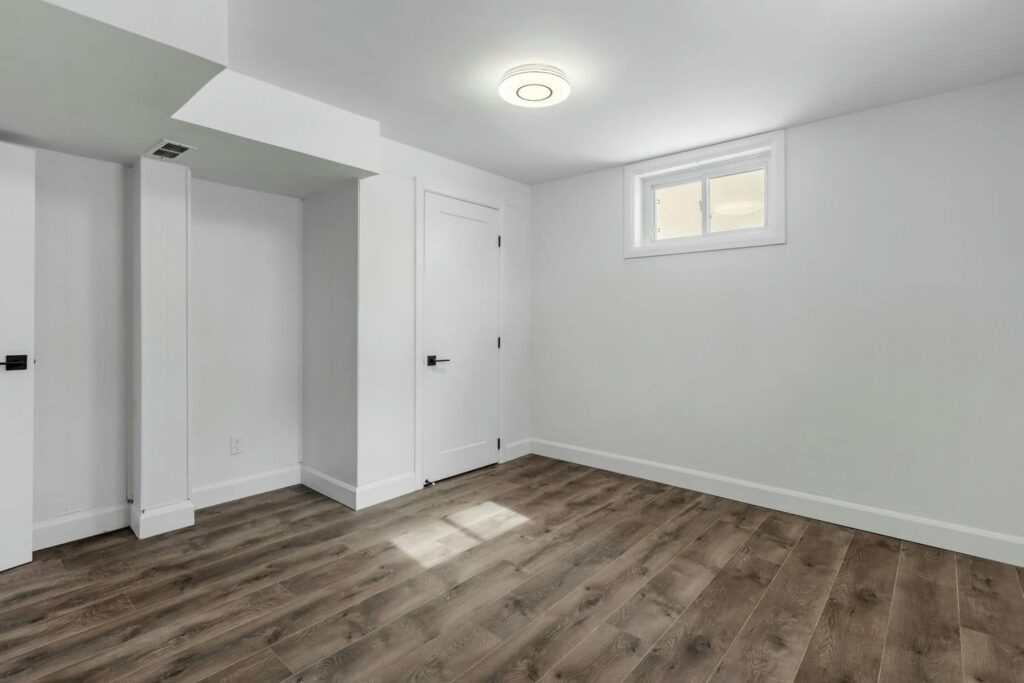Your Guide to Choosing the Right Grout for Your Tiling Project
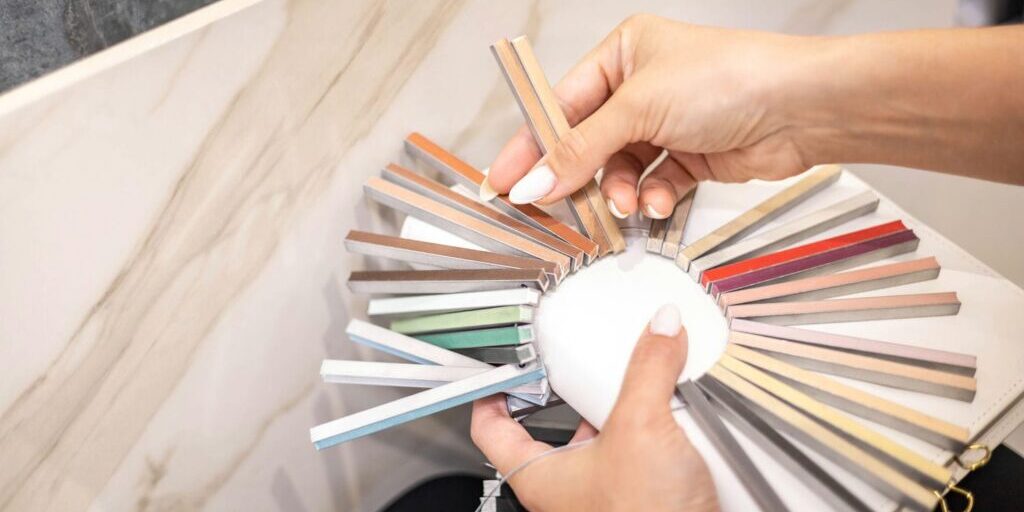
When embarking on a tiling project, whether it’s sprucing up your kitchen, transforming your bathroom, or revamping your basement, the choice of grout can be as crucial as selecting the tiles themselves. Grout plays a pivotal role in not only securing tiles in place but also in defining the overall look and feel of your space. It’s the subtle element that can dramatically influence both the aesthetic appeal and functionality of your tiled areas. In this comprehensive guide, we’ll delve into everything you need to know about choosing the perfect grout for your tiles.
Understanding Grout Basics
Grout might seem like a mere background player in tile installation, but it’s a key component that ensures durability and adds to the overall finish. Essentially, grout is a dense fluid which is used to fill spaces and seal the gaps between tiles. Once set, it solidifies, locking tiles in place, preventing shifting, and protecting the edges from chipping. Apart from these practical roles, grout also has a significant aesthetic function. It frames each tile, affecting the pattern, texture, and color harmony of your tiled surface.
There are primarily three types of grout, each with unique characteristics and suitable for different tiling needs:
- Sanded Grout: This type contains fine sand particles and is typically used for larger gaps between tiles. Sanded grout offers strength and is less prone to shrinkage, making it ideal for floor tiles or any area with wider grout lines. It’s a popular choice for its durability and resistance to cracking.
- Unsanded Grout: Best suited for narrower grout lines, unsanded grout lacks the sand particles, giving it a smoother finish. It’s often used for wall tiles, smaller ceramic tiles, or glass tiles where a finer joint is required. Due to its thinner consistency, unsanded grout is easier to work into narrow spaces.
- Epoxy Grout: Comprising resin and hardener, epoxy grout is the most durable and resistant to stains and chemicals. It’s a great option for areas exposed to harsher conditions, such as kitchen backsplashes or bathrooms. While epoxy grout offers superior durability and water resistance, it can be more challenging to apply and clean up.
Understanding these basics sets the foundation for choosing the right grout for your tiling project. Each type offers distinct advantages, and the best choice depends on the specific demands of your renovation area and the look you aim to achieve.
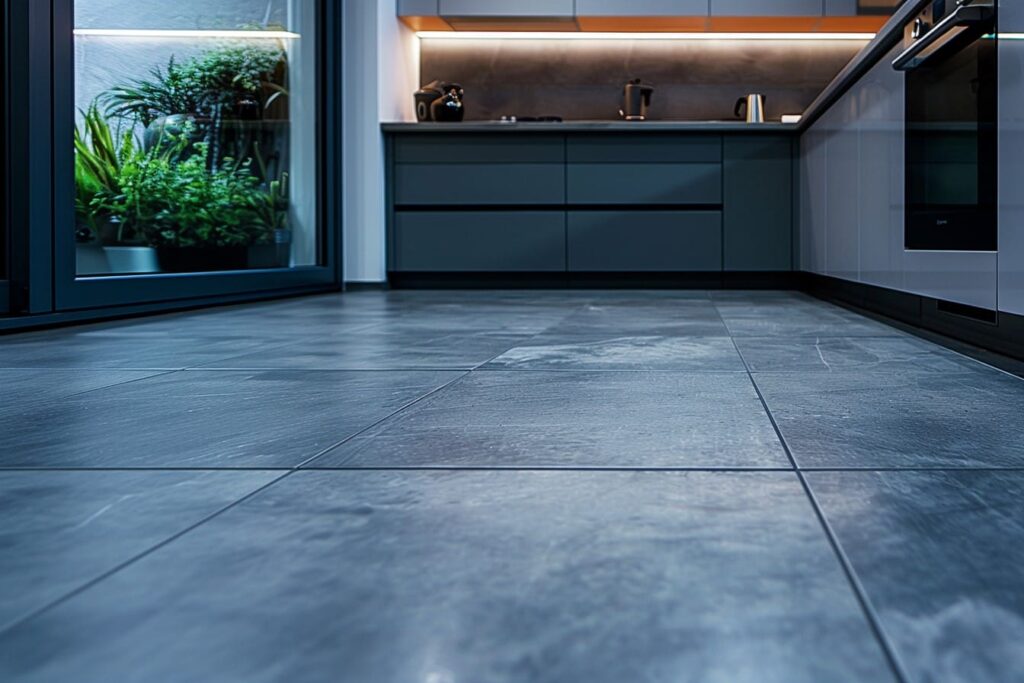
Factors to Consider When Choosing Grout
Selecting the right grout involves more than just picking a color. It’s about understanding the functional requirements, maintenance needs, and how it complements your tiles. Let’s explore the key factors to consider.
Color Choices
The color of your grout can dramatically change the look of your tiled area. Matching the grout color to your tiles creates a seamless, uniform look, making the space appear larger. On the other hand, contrasting colors highlight individual tiles and patterns, adding visual interest and definition. Consider the mood and style you want to convey: subtle elegance with matching tones or a bold statement with contrasting hues. Remember, lighter grout colors can open up a space but may require more maintenance, while darker grout is more forgiving with stains but can make a space feel smaller.
Grout Width
Grout width is crucial for both aesthetic and practical reasons. Wider grout lines can create a rustic, traditional look, but they might collect more dirt and require more cleaning. Narrower lines offer a sleek, modern appearance and are often used with delicate tiles like glass. The size of your tiles also influences grout width. Large tiles usually look best with wider grout lines, while smaller tiles often work better with narrower joints. Keep in mind, the grout width can also affect the tile’s structural integrity, especially on floors where wider grout lines can provide more stability.
Location and Usage
The area where you are tiling plays a significant role in grout selection. In wet areas like bathrooms and kitchens, moisture-resistant grout like epoxy is advisable to prevent mold and mildew growth. For high-traffic areas like floors, a durable grout such as sanded grout is more appropriate to withstand wear and tear. In spaces like living rooms or bedrooms, where there is less moisture and foot traffic, you might opt for unsanded grout for its smooth finish.
Maintenance Requirements
Different grout types require varying levels of maintenance. Epoxy grout is the most resilient against stains and moisture, making it the easiest to maintain, but it’s also the most challenging to apply. Sanded and unsanded grouts are more porous and may require sealing to prevent stains and facilitate cleaning. Consider how much time and effort you are willing to invest in upkeep. In high-maintenance areas, choosing a grout that’s easier to clean can save time and effort in the long run.
By considering these factors, you can make an informed decision that balances aesthetics, functionality, and maintenance, ensuring a beautiful and lasting finish for your tiled surfaces.
The Aesthetic Impact of Grout
Grout does more than just hold tiles in place; it plays a significant role in the overall appearance of your tiled space. Understanding how grout color and application can enhance the appearance of your tiles and create visual harmony is key to achieving your desired aesthetic.
Enhancing Tile Appearance
The color of grout can dramatically transform the look of your tiles, influencing the overall style and feel of the room. A grout color that closely matches your tiles creates a subtle, cohesive appearance, making the tiled area appear as one large, continuous surface. This approach is ideal for creating a serene, uniform look or when you want the tile itself to be the focal point.
Conversely, using a contrasting grout color makes each tile stand out. This technique is perfect for highlighting the shape and pattern of your tiles, adding depth and interest to your space. For instance, dark grout with light-colored tiles can give a bold, graphic look, while light grout with dark tiles offers a more subdued but equally striking contrast.
Creating Visual Harmony
Achieving a cohesive look with your tiles and grout involves more than just color selection. Consider the following tips to create visual harmony:
- Complementary Colors: Choose grout colors that complement not just the tiles but also the overall color scheme of the room. This approach ensures that your tiled area blends seamlessly with the rest of your space.
- Consistency in Style: Align your grout choice with the style of your tiles and the room. For instance, a rustic, traditional space may benefit from wider, more prominent grout lines, while a modern, minimalist area might look best with narrow, subtle grout lines.
- Lighting: Keep in mind how different lighting conditions in your room will affect the appearance of your tiles and grout. Natural and artificial lighting can significantly alter how colors appear, so consider testing samples in the actual lighting conditions of your room.
- Texture and Finish: The texture and finish of your grout can also impact the overall aesthetic. A high-gloss finish can add a touch of elegance, while a matte finish might better suit a more understated, natural look.
Practical Considerations
When selecting grout for your tiling project, practical aspects such as durability, moisture resistance, and the application process are just as important as aesthetics. These factors ensure that your tiled surfaces not only look great but also stand up to the demands of everyday use.
Durability
For high-traffic areas, durability is a key consideration. Sanded grout, with its added sand particles, is typically more robust and resistant to the pressures of heavy foot traffic. It’s less likely to crack or shrink compared to unsanded grout, making it an ideal choice for floor tiles in busy areas like hallways, kitchens, and commercial spaces.
Epoxy grout, known for its resilience, is another excellent option for high-traffic areas. It’s highly durable and resistant to cracking, making it suitable for both floor and wall tiles in demanding environments.
Moisture Resistance
In wet areas such as bathrooms, showers, and kitchen backsplashes, selecting a moisture-resistant grout is crucial to prevent water damage and mold growth. Epoxy grout stands out in this regard due to its non-porous nature, offering superior resistance to water and humidity. This makes it an ideal choice for shower walls, bathroom floors, and areas around sinks.
Sanded and unsanded grouts can also be used in wet areas but may require a sealant to enhance their moisture resistance. This extra step can help protect the grout and underlying surfaces from water damage.
Application Process
The application process varies among different types of grout, affecting both the ease of installation and the final outcome.
- Sanded Grout: This type is thicker and requires more effort to work into wider joints. However, its texture provides good adhesion, especially useful for larger tiles.
- Unsanded Grout: Being finer and smoother, unsanded grout is easier to apply into narrow joints, making it ideal for wall tiles and smaller ceramic tiles. Its smoother finish is perfect for delicate tiles that could be scratched by sand particles.
- Epoxy Grout: Epoxy grout is more challenging to work with due to its fast setting time and sticky consistency. It requires careful application and swift cleaning of excess grout from tile surfaces. Despite the extra effort, its durability and low maintenance make it a worthwhile choice for many projects.
Professional Advice
Tiling projects can range from straightforward to complex, and sometimes the expertise of a professional is invaluable. Here’s some guidance on when it might be wise to consult a professional and how Yorkland Homes can assist in making the right choices for your project.
When to Consult a Professional
Consider reaching out to a professional in the following scenarios:
- Complex Layouts: If your space has irregular shapes, challenging angles, or requires intricate patterns, a professional can ensure precision and quality.
- Unique Tiles: Specialty tiles, such as glass, mosaic, or natural stone, may have specific requirements for grouting and installation. Professional advice can be crucial to prevent damage and achieve the best finish.
- Large Scale Projects: For extensive tiling projects, professionals can provide insights on the best materials and techniques to use, ensuring durability and aesthetic appeal.
- Specific Needs: If you have particular concerns such as maximizing moisture resistance in a wet area or ensuring durability in a high-traffic zone, a professional can recommend the best solutions.
Yorkland Homes’ Expertise
Yorkland Homes specializes in renovations, including expert tiling and grouting services. Our team brings a wealth of experience to your project, ensuring that every aspect, from the choice of tiles to the selection of grout, is handled with precision and care. We understand the nuances of different materials and environments and can provide tailored recommendations to suit your specific needs.
Whether you’re renovating your bathroom, kitchen, or basement, we are here to guide you through every step, ensuring a seamless process and exceptional results. With Yorkland Homes, you can be confident that your tiling project will be completed to the highest standard.
For professional advice and assistance with your tiling project, don’t hesitate to contact us. To get in touch with Yorkland Homes, click here or call us at (416) 877-8218. We’re ready to bring your vision to life with expertise and precision!
Check out more posts below...
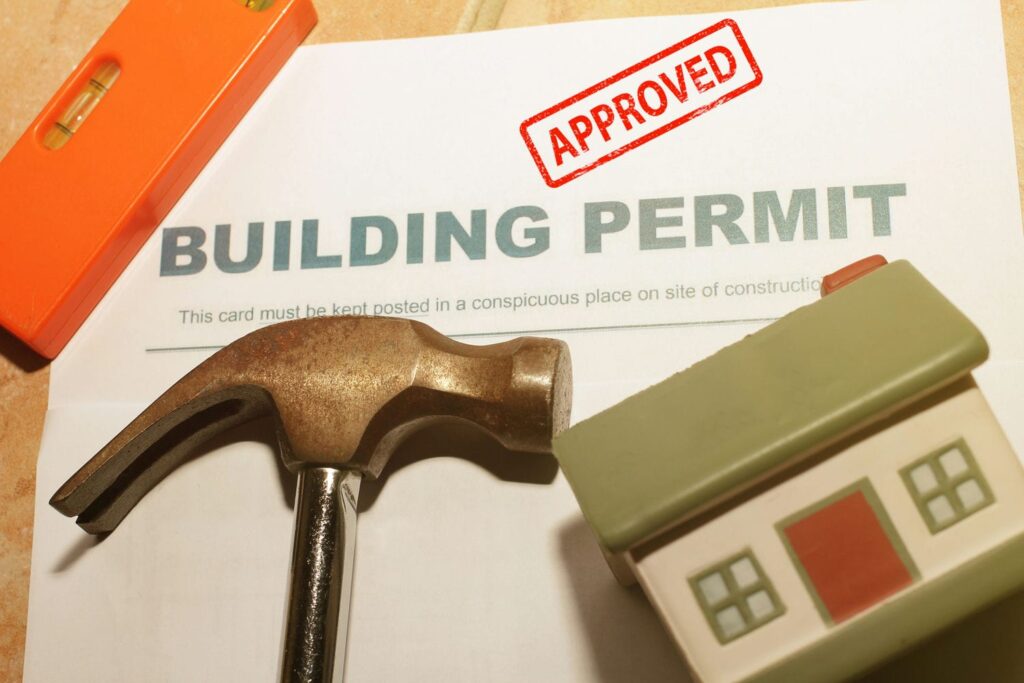
Understanding Zoning Preliminary Reviews (ZPRs) for Basement Renovations in Newmarket

10 Unexpected Basement Features That Add Serious Value to Your Home
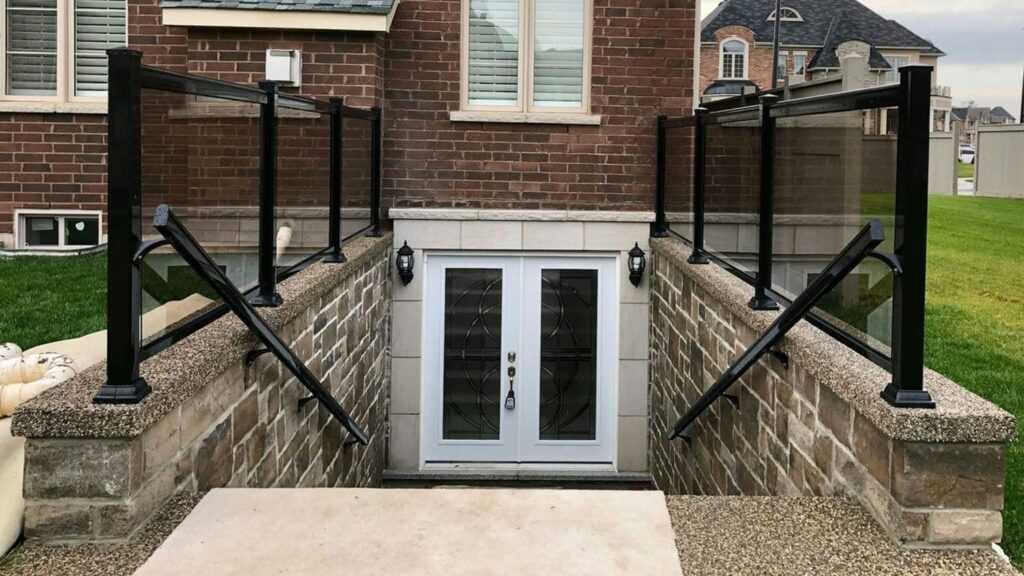
The Pros and Cons of Adding a Walkout Basement to Your Home
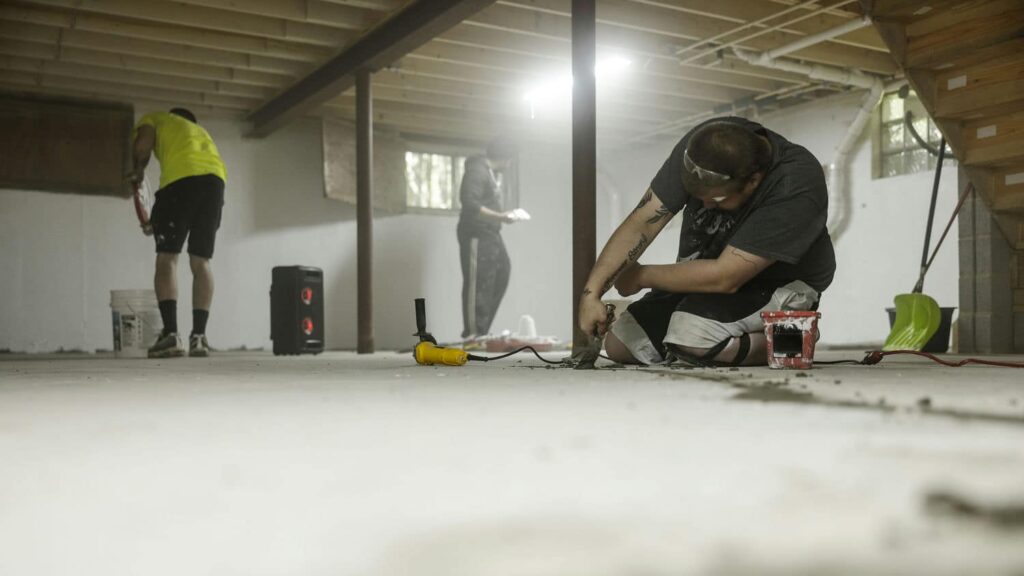
Dealing with Uneven Floors During a Basement Renovation
